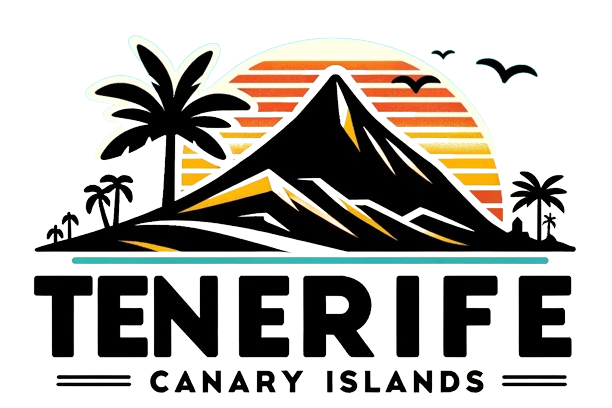Loro Parque: A Premier Destination in the Canary Islands Boasting €514 Million in Assets
Loro Parque and Siam Park, two of the most celebrated attractions in Tenerife, have played a pivotal role in shaping the tourism landscape of the Canary Islands. Together, they welcomed an impressive three million visitors in the previous year, underscoring their significance in the region’s economy and appeal.
Remarkable Financial Growth
The financial trajectory of Loro Parque is nothing short of extraordinary. In the last fiscal year, the zoo reported a revenue of €131 million, reflecting a robust 13% increase compared to the previous year. This achievement marks the highest revenue recorded in the 53-year history of the organization. The stark contrast to the year 2020 is notable; during the pandemic, the zoo’s income plummeted to a mere €9 million due to stringent government-imposed lockdowns. However, the recovery has been swift and impressive, with sales in 2024 projected to exceed pre-pandemic levels by an astounding 75%.
Driving Forces Behind the Success
Management attributes this remarkable growth to several key factors, including a surge in tourism, the introduction of innovative attractions, enhanced accessibility, and substantial investments in infrastructure and services. The net profit of Loro Parque also saw a commendable rise, increasing from €56 million to €61 million. In a strategic decision, the board has opted to allocate the entire profit to reserves, further strengthening the company’s financial position. As a result, Loro Parque’s assets have surged to €486 million, a figure that few companies in the Canary Islands can rival. The founders’ initial investment of just €500,000 has led to an impressive surplus of €485 million over the decades, showcasing the park’s remarkable growth and success.
A Rich Heritage of Biodiversity
Loro Parque was established in 1972 by Wolfgang Kiessling and his father, starting as a modest facility covering just 13,000 square meters. Initially, it housed a mere 150 parrots and a limited number of species. However, through significant investments and a commitment to conservation, it has evolved into a sprawling 135,000 square meter sanctuary that showcases a diverse array of wildlife and ecosystems. This transformation reflects not only the park’s dedication to biodiversity but also its role as a leader in wildlife conservation and education.
Family Leadership and Management
The management of Loro Parque remains firmly in family hands, with Wolfgang Kiessling at the forefront, supported by his family members Brigitte Ursula Kiessling and Christopher Jérôme Kiessling. Jaime Celso Rodríguez Cid serves as the secretary, ensuring smooth operations. Wolfgang Kiessling is recognized as one of the wealthiest individuals in the Canary Islands, ranking third among notable figures in the hotel and supermarket sectors. His leadership has been instrumental in steering the park towards its current success.
Dedication to Environmental Sustainability
Loro Parque’s commitment to sustainability has earned it numerous accolades, including recognition from the World Association of Zoos and Aquariums as the most sustainable zoo globally. This prestigious recognition is largely attributed to the park’s innovative use of renewable energy and advanced environmental management systems. The facility operates a 2.75 MW photovoltaic plant that meets its energy needs, with an additional 2.5 MW plant currently under construction, which is expected to generate more energy than the park consumes. These initiatives have propelled Loro Parque towards achieving carbon neutrality, setting a benchmark for other attractions worldwide.
Innovative Approaches to Energy and Waste Management
In addition to its energy initiatives, Loro Parque has made significant strides in reducing plastic usage by an impressive 98%, opting for biodegradable materials instead. This proactive approach not only minimizes environmental impact but also aligns with the growing global emphasis on sustainability and responsible tourism. The park’s innovative practices serve as a model for other organizations seeking to enhance their environmental stewardship.
Future Prospects and Expansion Plans
Looking ahead, plans for a new Siam Park in Gran Canaria have been discussed for some time, although the project is currently on hold. Nevertheless, Loro Parque is poised to invest €120 million in enhancements to its existing facilities in Tenerife, ensuring that it remains a top-tier destination for visitors. In a strategic diversification effort, the owners have also ventured into the real estate sector in the United States, establishing three companies with a total investment of €50 million aimed at acquiring properties in prime locations such as New York for leasing purposes. This move reflects the organization’s commitment to growth and adaptability in an ever-evolving market.
Key points
- Loro Parque and Siam Park attracted three million visitors last year.
- Loro Parque’s revenue reached €131 million, a 13% increase from the previous year.
- The zoo’s net profit rose from €56 million to €61 million.
- Assets of Loro Parque are valued at €514 million.
- The facility has evolved from a 13,000 square meter zoo to a 135,000 square meter biodiversity sanctuary.
- Wolfgang Kiessling leads the family-run management team.
- Loro Parque has been recognized as the most sustainable zoo in the world.
